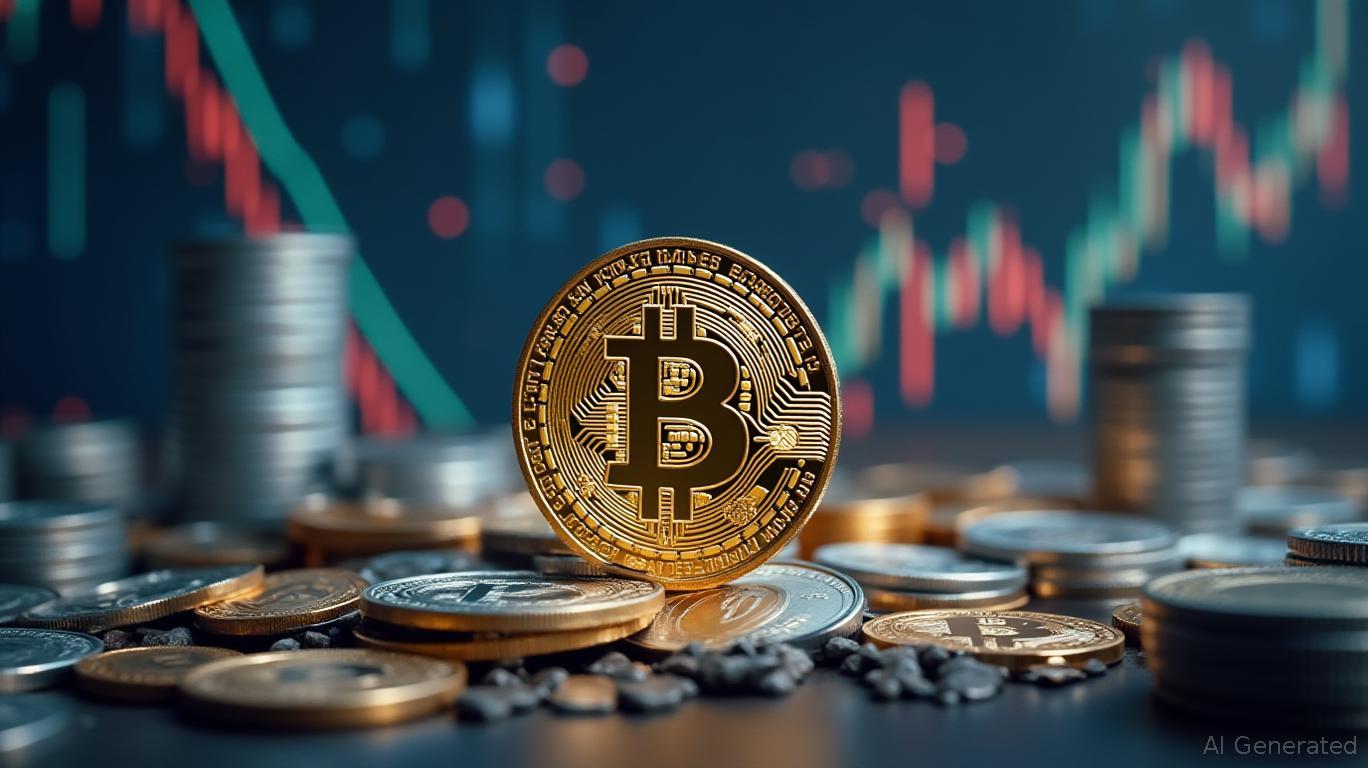XRP News Update: Solana’s Stablecoin Strategy Ignites Competition with XRP in Global Remittance Market
- Western Union partners with Solana to launch USDPT stablecoin, bypassing XRP despite prior 2015-2018 XRP trials, citing Solana's speed, low fees, and institutional readiness. - XRP's 27.2% Q3 price surge and 215% RWA growth highlight its competitive edge, yet critics argue Solana's choice allows Western Union to retain transaction fee control over XRP's near-zero-cost model. - Blockchain adoption in remittances accelerates as firms like MoneyGram reduce correspondent bank reliance, while Solana's stablec
Western Union's latest collaboration with
This move highlights a wider shift in the financial industry. Western Union, along with competitors like MoneyGram and

At the same time, XRP has demonstrated significant momentum. In the third quarter of 2025, the token climbed 27.2% to reach $2.85, outpacing the combined market cap growth of
The strong debut of the Solana ETF has fueled optimism regarding XRP's regulatory outlook. Recent guidance from the U.S. Securities and Exchange Commission (SEC) on stablecoin regulation, highlighted by the GENIUS Act, has lowered entry barriers for traditional financial institutions, as reported by Yahoo Finance. With XRP's network expanding—supported by collaborations with Evernorth and a record-setting $1 billion corporate treasury acquisition—investors are increasingly confident in its potential for mainstream financial adoption,
Despite these advances, Solana has openly challenged XRP's "bridge currency" approach, intensifying the rivalry. In October, Solana's official X account publicly ridiculed the concept,
Meanwhile, the CME Group has reported record open interest in futures for both XRP and Solana, exceeding $3 billion, which signals strong institutional trust in these assets, according to a
Disclaimer: The content of this article solely reflects the author's opinion and does not represent the platform in any capacity. This article is not intended to serve as a reference for making investment decisions.
You may also like
Altcoin Breakout in Play: Top 4 Coins Positioned for a Potential 40%–120% Upside Move
Monzo board reportedly pushed out CEO Anil over IPO timing
Crypto Liquidations Unleashed: ETH Longs Lose $105M, BTC Shorts Wiped Out in $61.81M Rout